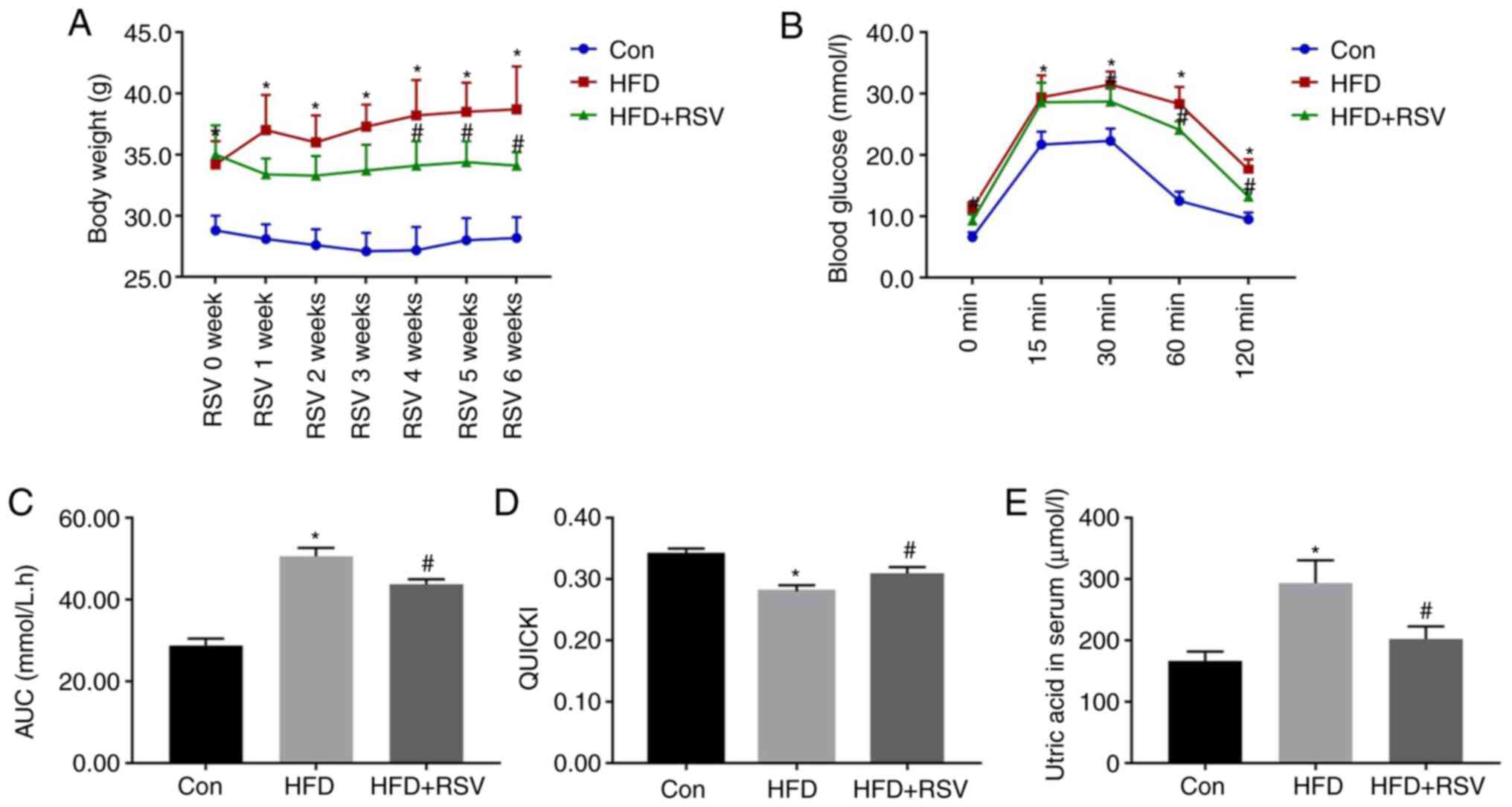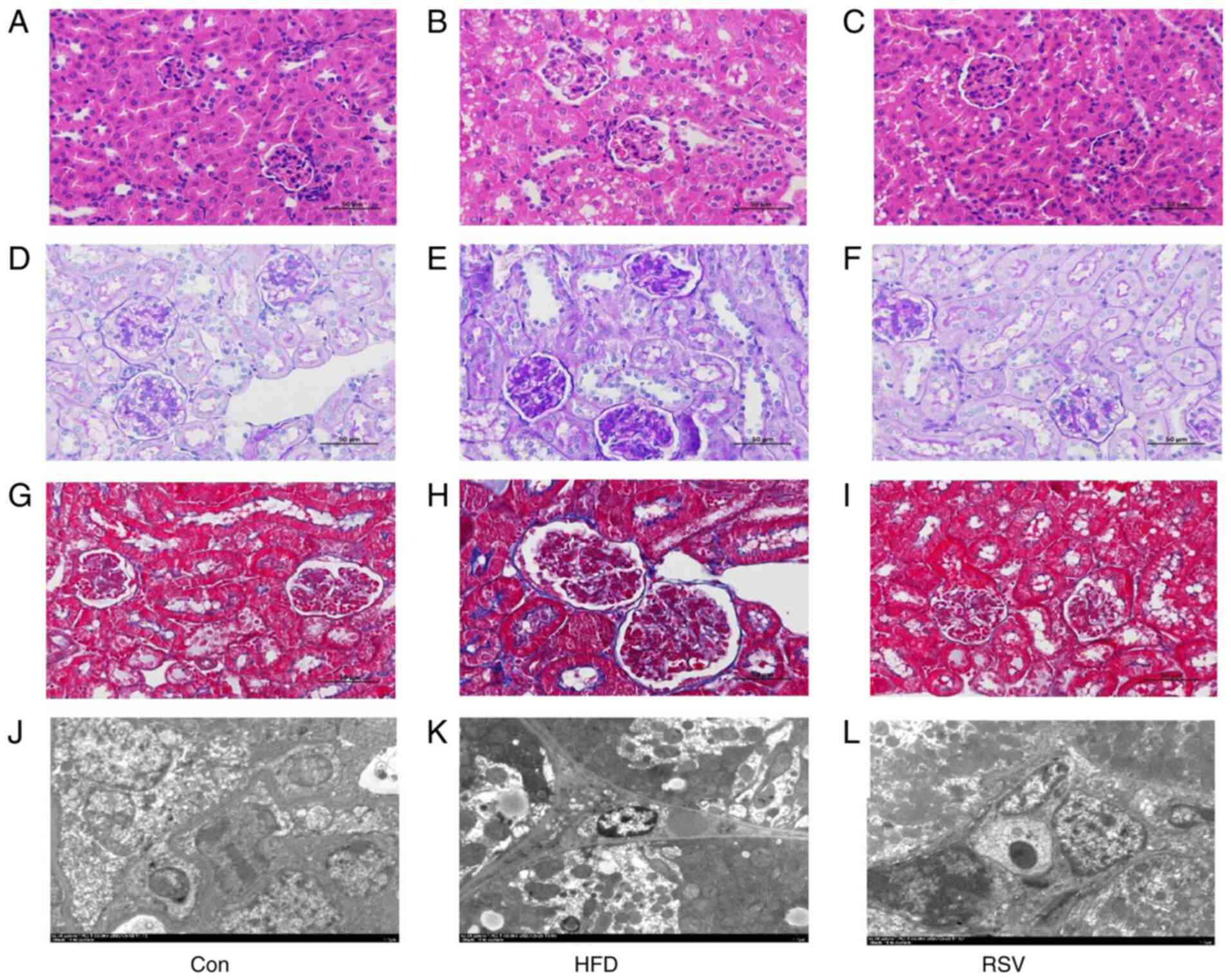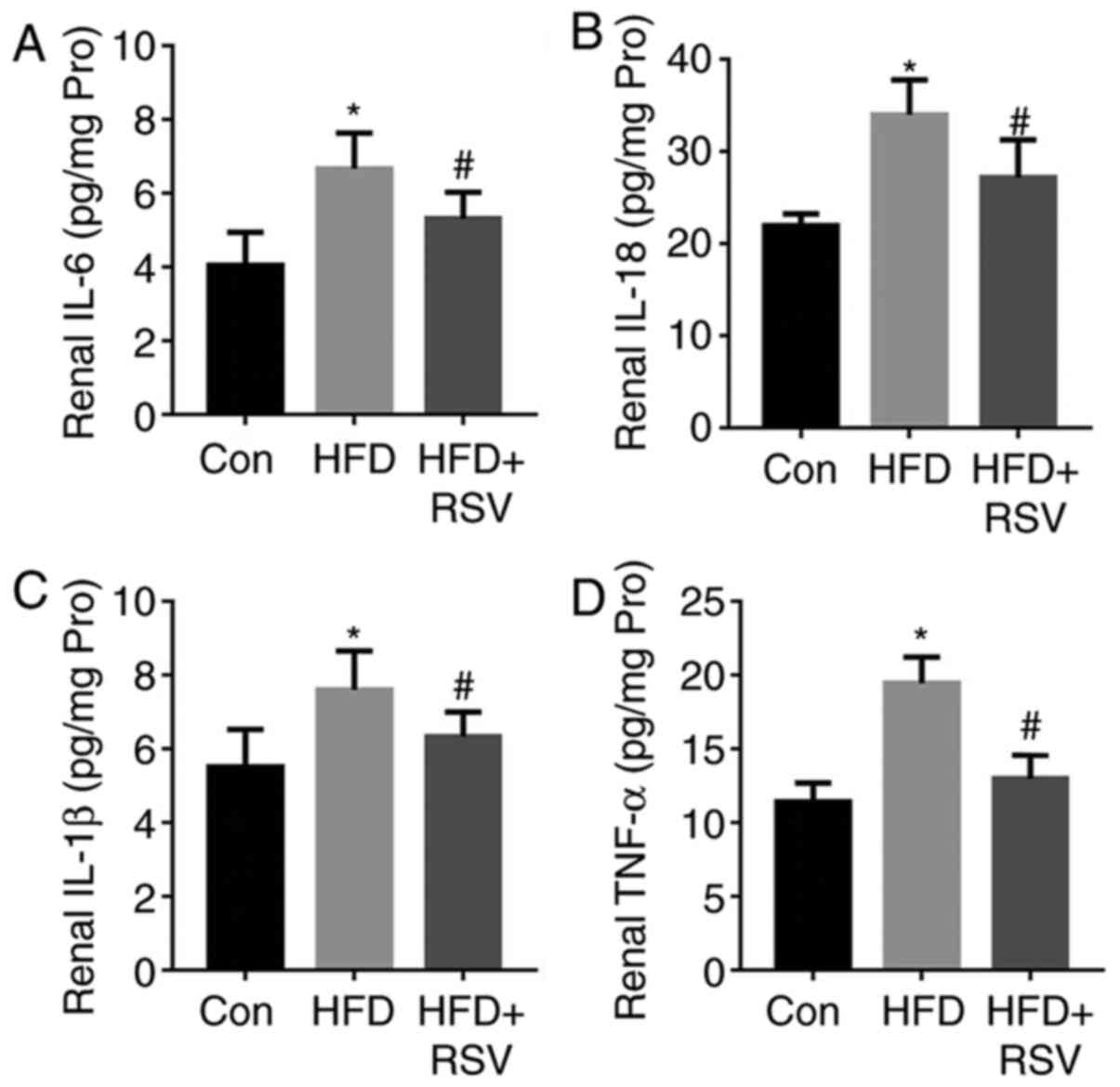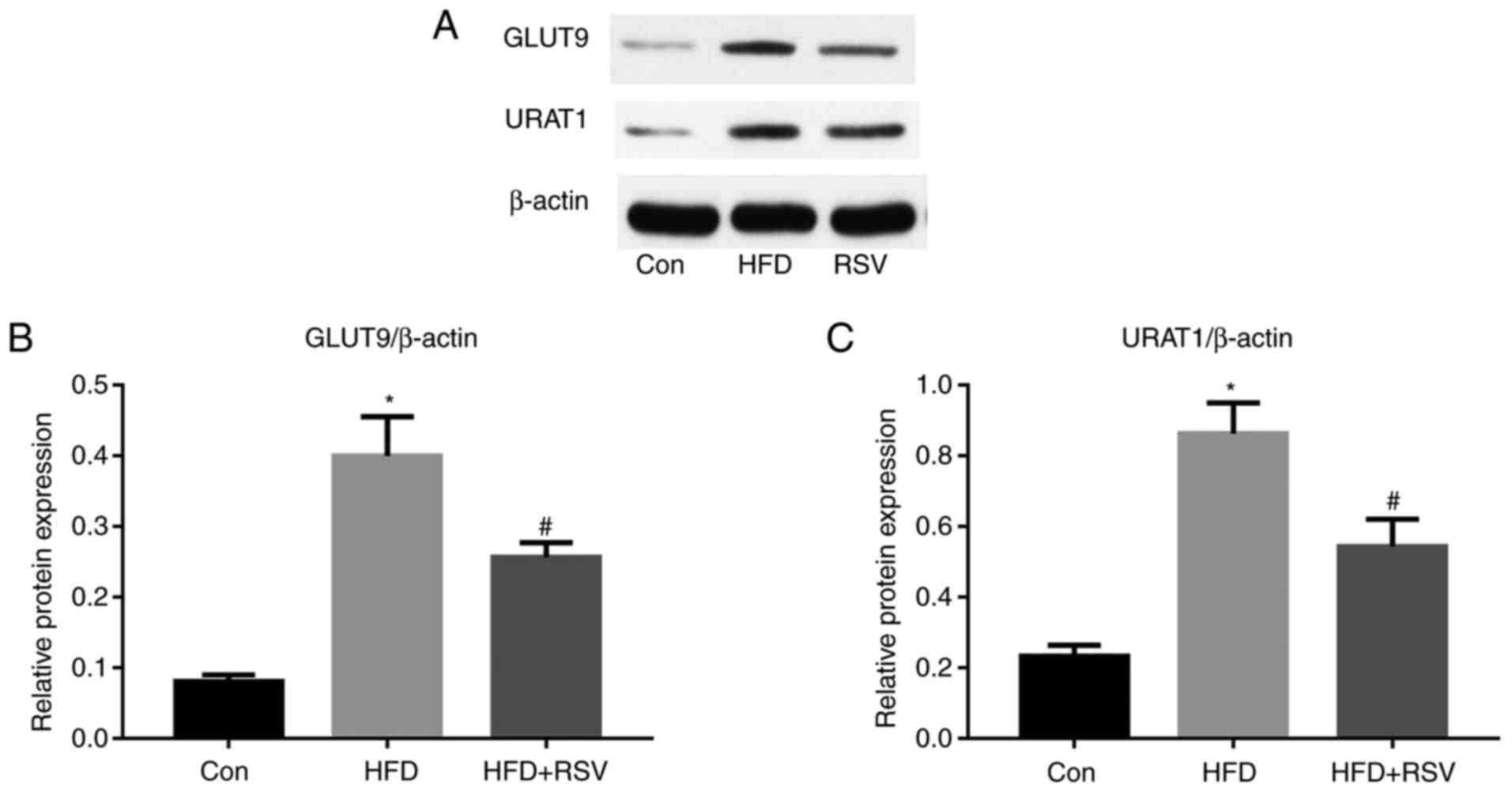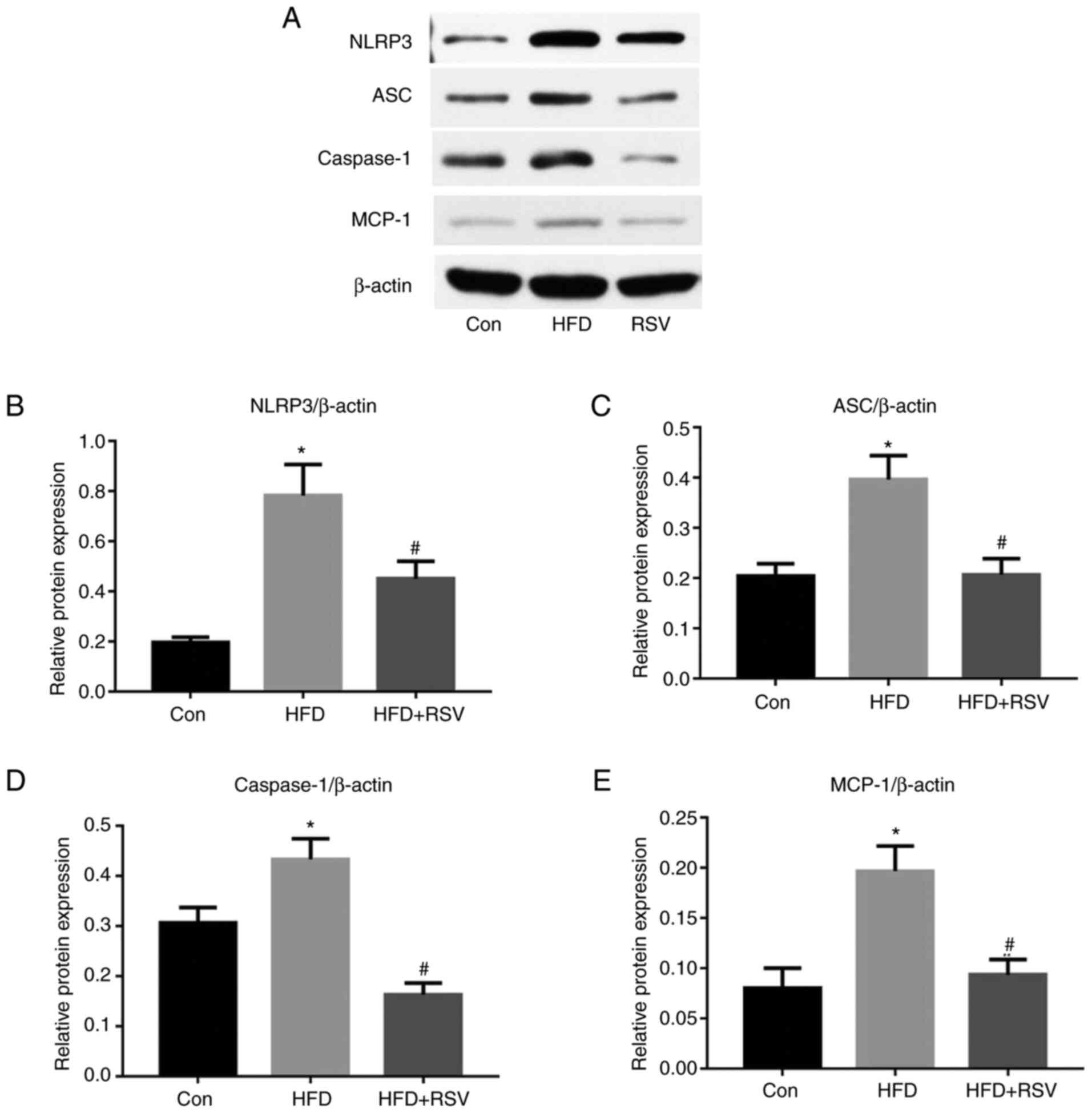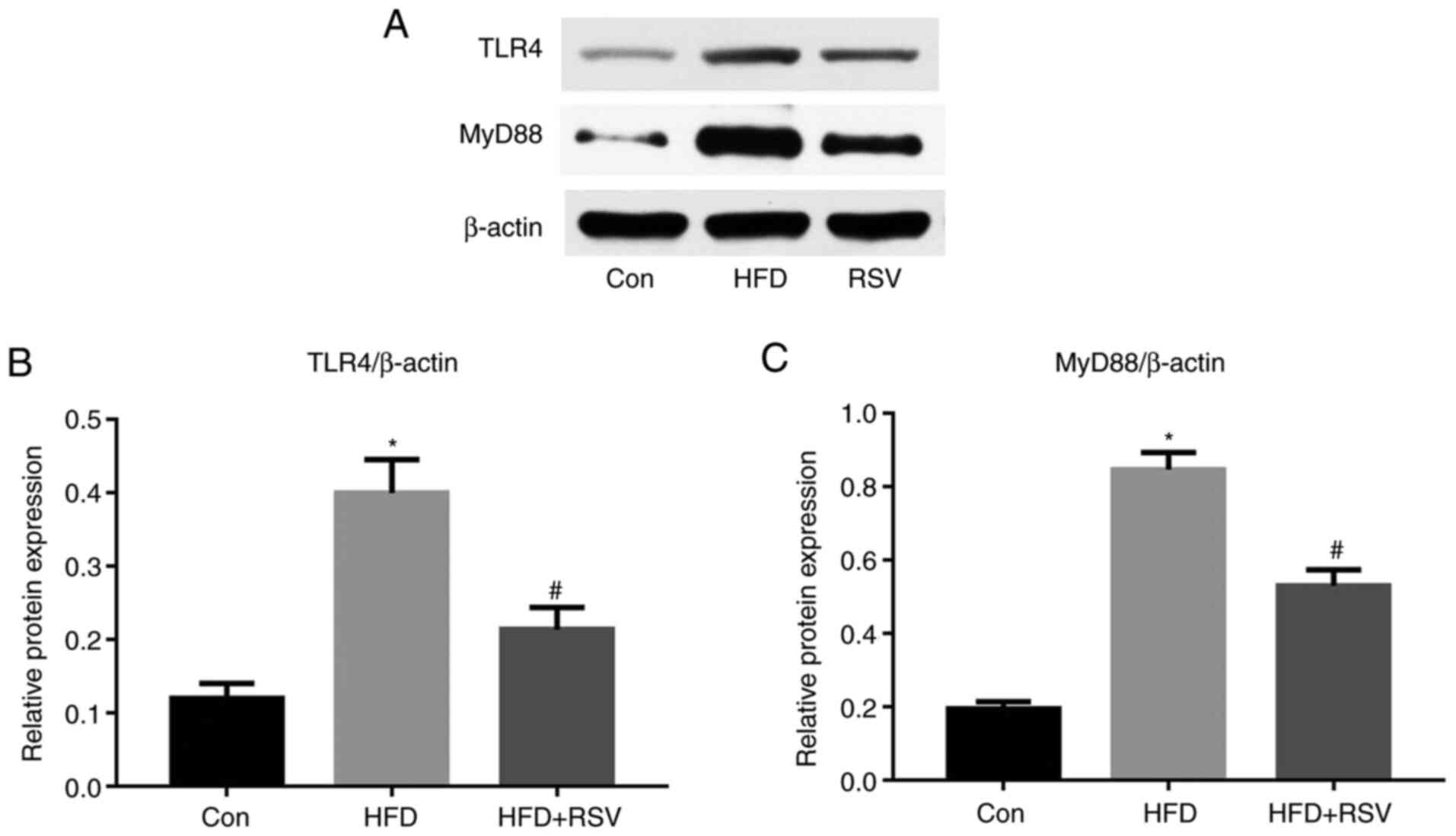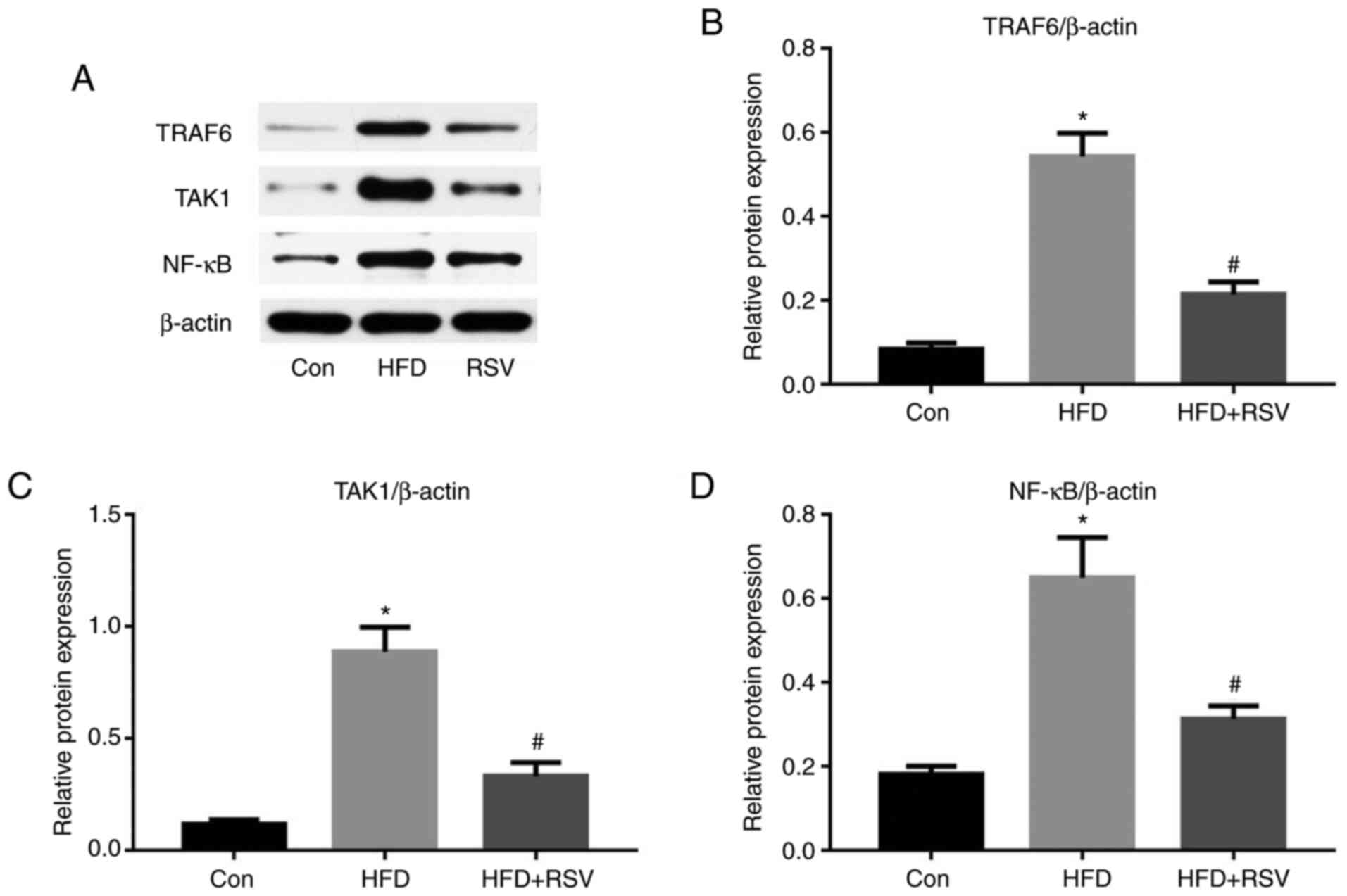|
1
|
El Ridi R and Tallima H: Physiological
functions and pathogenic potential of uric acid: A review. J Adv
Res. 8:487–493. 2017. View Article : Google Scholar : PubMed/NCBI
|
|
2
|
Billiet L, Doaty S, Katz JD and Velasquez
MT: Review of hyperuricemia as new marker for metabolic syndrome.
ISRN Rheumatol. 2014:8529542014. View Article : Google Scholar : PubMed/NCBI
|
|
3
|
Sharaf El Din UAA, Salem MM and Abdulazim
DO: Uric acid in the pathogenesis of metabolic, renal, and
cardiovascular diseases: A review. J Adv Res. 8:537–548. 2017.
View Article : Google Scholar : PubMed/NCBI
|
|
4
|
Tan PK, Farrar JE, Gaucher EA and Miner
JN: Coevolution of URAT1 and Uricase during Primate Evolution:
Implications for Serum Urate Homeostasis and Gout. Mol Biol Evol.
33:2193–2200. 2016. View Article : Google Scholar : PubMed/NCBI
|
|
5
|
Ebert K, Ludwig M, Geillinger KE,
Schoberth GC, Essenwanger J, Stolz J, Daniel H and Witt H:
Reassessment of GLUT7 and GLUT9 as Putative Fructose and Glucose
Transporters. J Membr Biol. 250:171–182. 2017. View Article : Google Scholar : PubMed/NCBI
|
|
6
|
Yang Y, Zhang DM, Liu JH, Hu LS, Xue QC,
Ding XQ and Kong LD: Wuling San protects kidney dysfunction by
inhibiting renal TLR4/MyD88 signaling and NLRP3 inflammasome
activation in high fructose-induced hyperuricemic mice. J
Ethnopharmacol. 169:49–59. 2015. View Article : Google Scholar : PubMed/NCBI
|
|
7
|
Akira S, Takeda K and Kaisho T: Toll-like
receptors: Critical proteins linking innate and acquired immunity.
Nat Immunol. 2:675–680. 2001. View
Article : Google Scholar : PubMed/NCBI
|
|
8
|
Zeng XZ, Zhang YY, Yang Q, Wang S, Zou BH,
Tan YH, Zou M, Liu SW and Li XJ: Artesunate attenuates LPS-induced
osteoclastogenesis by suppressing TLR4/TRAF6 and
PLCγ1-Ca2+-NFATc1 signaling pathway. Acta Pharmacol Sin.
41:229–236. 2020. View Article : Google Scholar : PubMed/NCBI
|
|
9
|
Shigeoka AA, Mueller JL, Kambo A, Mathison
JC, King AJ, Hall WF, Correia JS, Ulevitch RJ, Hoffman HM and McKay
DB: An inflammasome-independent role for epithelial-expressed Nlrp3
in renal ischemia-reperfusion injury. J Immunol. 185:6277–6285.
2010. View Article : Google Scholar : PubMed/NCBI
|
|
10
|
Thiel G and Rössler OG: Resveratrol
regulates gene transcription via activation of stimulus-responsive
transcription factors. Pharmacol Res. 117:166–176. 2017. View Article : Google Scholar : PubMed/NCBI
|
|
11
|
Cheng K, Song Z, Chen Y, Li S, Zhang Y,
Zhang H, Zhang L, Wang C and Wang T: Resveratrol protects against
renal damage via attenuation of inflammation and oxidative stress
in high-fat-diet-induced obese mice. Inflammation. 42:937–945.
2019. View Article : Google Scholar : PubMed/NCBI
|
|
12
|
Saldanha JF, Leal VO, Stenvinkel P,
Carraro-Eduardo JC and Mafra D: Resveratrol: Why is it a promising
therapy for chronic kidney disease patients? Oxid Med Cell Longev.
2013:9632172013. View Article : Google Scholar : PubMed/NCBI
|
|
13
|
Jørgensen MS, Tornqvist KS and Hvid H:
Calculation of glucose dose for intraperitoneal glucose tolerance
tests in lean and obese mice. J Am Assoc Lab Anim Sci. 56:95–97.
2017.
|
|
14
|
Bhatt JK, Thomas S and Nanjan MJ:
Resveratrol supplementation improves glycemic control in type 2
diabetes mellitus. Nutr Res. 32:537–541. 2012. View Article : Google Scholar : PubMed/NCBI
|
|
15
|
Shu L, Hou G, Zhao H, Huang W, Song G and
Ma H: Resveratrol improves high-fat diet-induced insulin resistance
in mice by downregulating the lncRNA NONMMUT008655.2. Am J Transl
Res. 12:1–18. 2020.PubMed/NCBI
|
|
16
|
Katz A, Nambi SS, Mather K, Baron AD,
Follmann DA, Sullivan G and Quon MJ: Quantitative insulin
sensitivity check index: A simple, accurate method for assessing
insulin sensitivity in humans. J Clin Endocrinol Metab.
85:2402–2410. 2000. View Article : Google Scholar : PubMed/NCBI
|
|
17
|
Brenner C, Simmonds RE, Wood S, Rose V,
Feldmann M and Turner J: TLR signalling and adapter utilization in
primary human in vitro differentiated adipocytes. Scand J Immunol.
76:359–370. 2012. View Article : Google Scholar : PubMed/NCBI
|
|
18
|
O'Neill LA, Dunne A, Edjeback M, Gray P,
Jefferies C and Wietek C: Mal and MyD88: Adapter proteins involved
in signal transduction by Toll-like receptors. J Endotoxin Res.
9:55–59. 2003. View Article : Google Scholar
|
|
19
|
Verstak B, Nagpal K, Bottomley SP,
Golenbock DT, Hertzog PJ and Mansell A: MyD88 adapter-like
(Mal)/TIRAP interaction with TRAF6 is critical for TLR2- and
TLR4-mediated NF-kappaB proinflammatory responses. J Biol Chem.
284:24192–24203. 2009. View Article : Google Scholar : PubMed/NCBI
|
|
20
|
Lagouge M, Argmann C, Gerhart-Hines Z,
Meziane H, Lerin C, Daussin F, Messadeq N, Milne J, Lambert P,
Elliott P, et al: Resveratrol improves mitochondrial function and
protects against metabolic disease by activating SIRT1 and
PGC-1alpha. Cell. 127:1109–1122. 2006. View Article : Google Scholar : PubMed/NCBI
|
|
21
|
Zhao J, Wang H, Dai C, Wang H, Zhang H,
Huang Y, Wang S, Gaskin F, Yang N and Fu SM: P2X7 blockade
attenuates murine lupus nephritis by inhibiting activation of the
NLRP3/ASC/caspase 1 pathway. Arthritis Rheum. 65:3176–3185. 2013.
View Article : Google Scholar : PubMed/NCBI
|
|
22
|
Zhou R, Yazdi AS, Menu P and Tschopp J: A
role for mitochondria in NLRP3 inflammasome activation. Nature.
469:221–225. 2011. View Article : Google Scholar : PubMed/NCBI
|
|
23
|
Roger T, David J, Glauser MP and Calandra
T: MIF regulates innate immune responses through modulation of
Toll-like receptor 4. Nature. 414:920–924. 2001. View Article : Google Scholar : PubMed/NCBI
|
|
24
|
Albert D, Scudder PN, Bagley P and Saag
KG: Vascular consequences of hyperuricemia and hypouricemia. Rheum
Dis Clin North Am. 45:453–464. 2019. View Article : Google Scholar : PubMed/NCBI
|
|
25
|
Kostka-Jeziorny K, Widecka K and Tykarski
A: Study of epidemiological aspects of hyperuricemia in Poland.
Cardiol J. 26:241–252. 2019. View Article : Google Scholar : PubMed/NCBI
|
|
26
|
Zhang S, Wang Y, Cheng J, Huangfu N, Zhao
R, Xu Z, Zhang F, Zheng W and Zhang D: Hyperuricemia and
Cardiovascular Disease. Curr Pharm Des. 25:700–709. 2019.
View Article : Google Scholar : PubMed/NCBI
|
|
27
|
Doualla M, Halle MP, Moutchia J, Tegang S
and Ashuntantang G: Determinants of hyperuricemia in non-dialysed
chronic kidney disease patients in three hospitals in Cameroon. BMC
Nephrol. 19:1692018. View Article : Google Scholar : PubMed/NCBI
|
|
28
|
Yang H, Bai W, Gao L, Jiang J, Tang Y, Niu
Y, Lin H and Li L: Mangiferin alleviates hypertension induced by
hyperuricemia via increasing nitric oxide releases. J Pharmacol Sc.
137:154–161. 2018. View Article : Google Scholar : PubMed/NCBI
|
|
29
|
Sha J, Sui B, Su X, Meng Q and Zhang C:
Alteration of oxidative stress and inflammatory cytokines induces
apoptosis in diabetic nephropathy. Mol Med Rep. 16:7715–7723. 2017.
View Article : Google Scholar : PubMed/NCBI
|
|
30
|
Mount PF and Juncos LA: Obesity-Related
CKD: When kidneys get the munchies. J Am Soc Nephrol. 28:3429–3432.
2017. View Article : Google Scholar : PubMed/NCBI
|
|
31
|
Wang MX, Zhao XJ, Chen TY, Liu YL, Jiao
RQ, Zhang JH, Ma CH, Liu JH, Pan Y and Kong LD: Nuciferine
alleviates renal injury by inhibiting inflammatory responses in
fructose-fed rats. J Agric Food Chem. 64:7899–7910. 2016.
View Article : Google Scholar : PubMed/NCBI
|
|
32
|
Hu QH, Wang C, Li JM, Zhang DM and Kong
LD: Allopurinol, rutin, and quercetin attenuate hyperuricemia and
renal dysfunction in rats induced by fructose intake: Renal organic
ion transporter involvement. Am J Physiol Renal Physiol.
297:F1080–F1091. 2009. View Article : Google Scholar : PubMed/NCBI
|
















